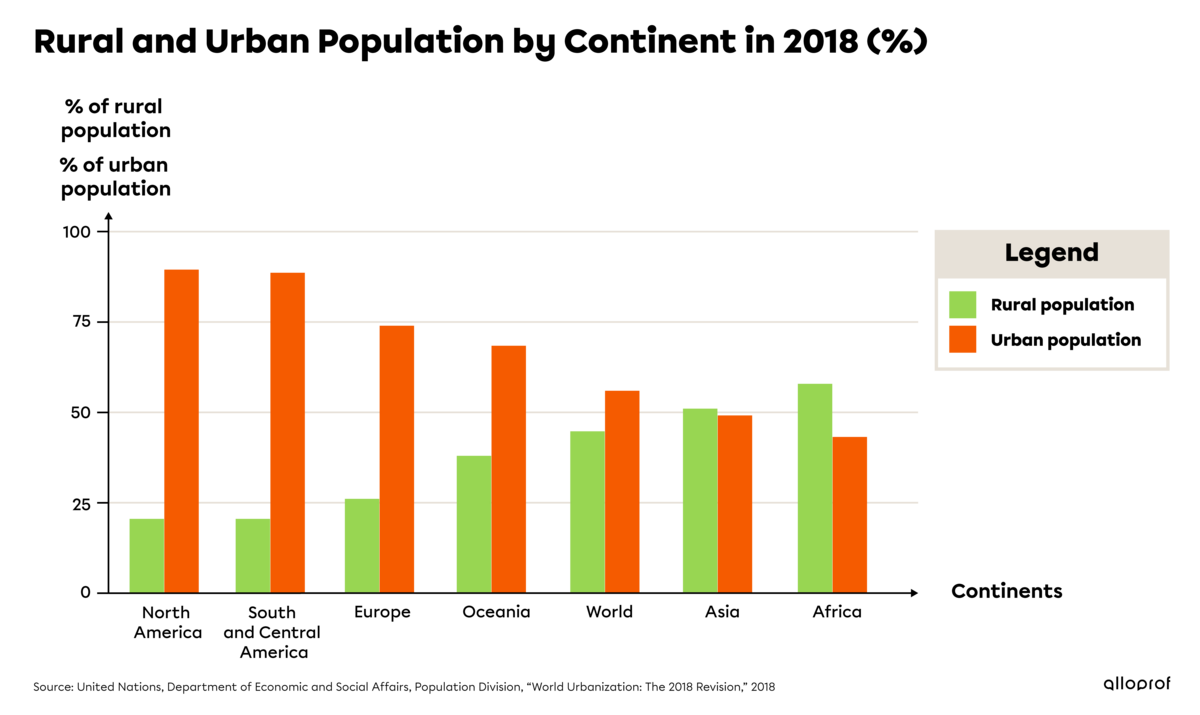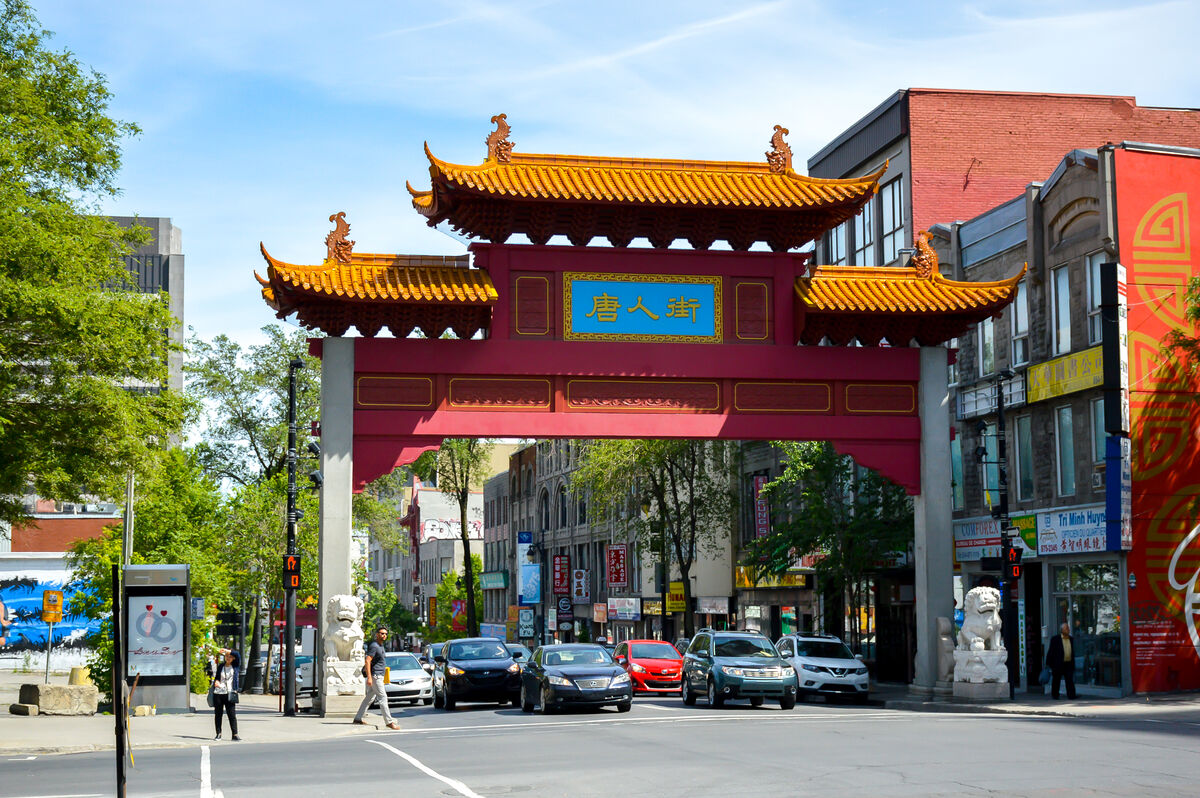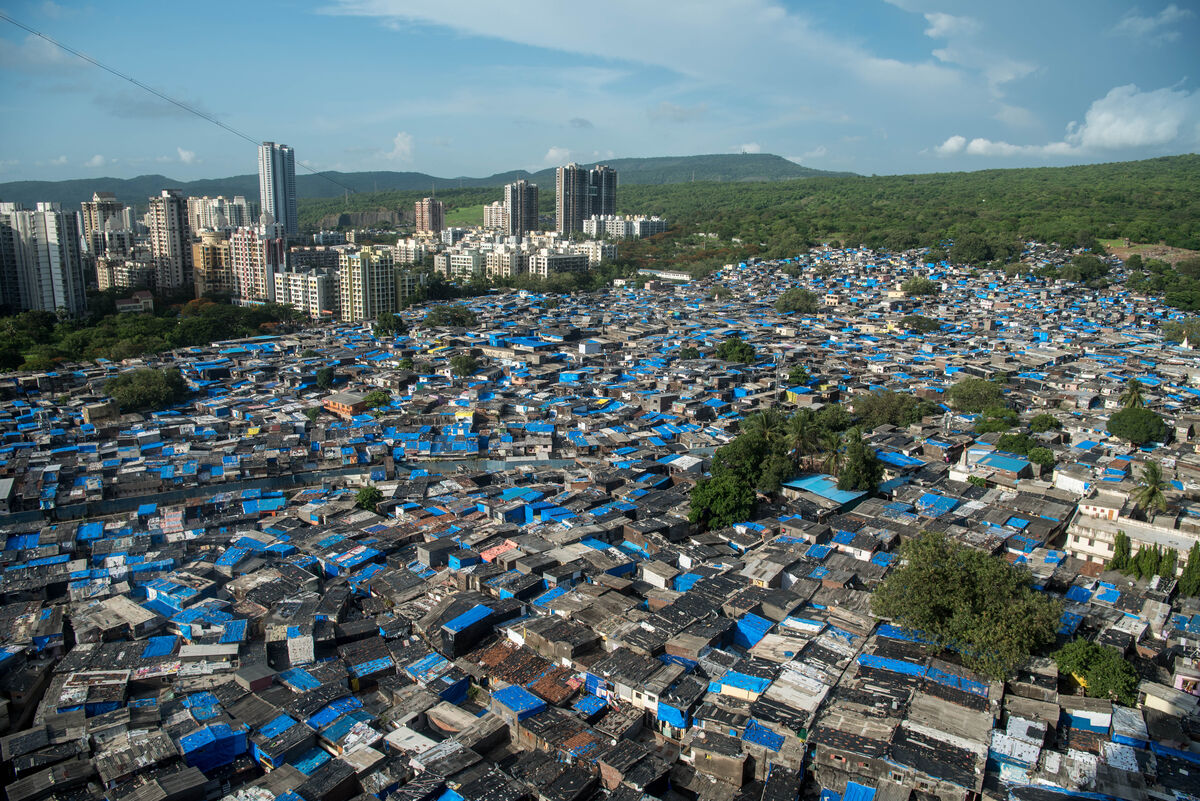Over the past century, urbanization has increased, meaning that more people are moving from rural areas to cities. In 1800, 7.3% of the world population lived in cities. This rate rose to 16.4% in 1900, then to 46.6% in 2000, reaching 50% in 2007. In 2018, 55% of the world’s population lived in cities and the United Nations (UN) estimates that by 2050, this rate will be 68%.

The proportion of the population living in cities varies from continent to continent.

Each continent’s situation is quite interesting. About 50% of Asia’s population lives in cities. However, Asia is by far the most populous continent in the world: it accounts for 54% of the world’s total urban population. This means that 46% of the urban population is spread across the other five continents.
About 74% of the European population lives in cities whereas 43% of the African population lives in cities. Although Africa is more populous than Europe, these continents are each home to 13% of the world’s urban population.
North America, South and Central America and Oceania share 20% of the world’s urban population, despite having high urbanization rates.
Urbanization is when a greater number of people live in cities, creating a larger urban area. This process is directly linked to industrialization. Cities offer more jobs and other attractions such as cinemas, shops and theatres.
Developed countries generally have low birth rates and low fertility rates, leading to population decline. This means that several countries rely on immigration for population growth.
-
The birth rate is the number of births per 1000 inhabitants in a given population in one year.
-
Fertility rate refers to the average number of children women have during their reproductive years.
In 2015, Germany and Japan recorded more deaths than births. Therefore, immigration is the only way they can grow their population. From 2011 to 2016, over 65% of Canada’s population growth was due to immigration.
Immigration does not only contribute to population growth in developed countries, but also to urban growth due to increased populations in the cities. There are several reasons why most immigrants decide to settle in cities.
Big cities have more job opportunities in a wide range of industries. If an engineer immigrated to Canada, there would be more employment opportunities in major cities such as Montreal and Toronto.
People who are new to a developed country are attracted by the health and education services offered in big cities. Hospitals are more specialized in certain types of treatment and schools offer a wider variety of programs for students.
There are also organizations that make their transition easier. For example, Québec International offers a community integration program to new immigrants and their children. This organization can help immigrants start language courses and find work, housing and schools for their children.
Finally, the presence of a diaspora encourages immigrants to choose large urban cities. This allows migrants to move to a new country, but to live in a neighbourhood where there is a high concentration of people from their ethnic community. For example, in Montreal, the neighbourhoods of Chinatown, Little Italy, Little Maghreb and Little Portugal were formed by the immigrants who settled there with their communities to facilitate integration.
A diaspora is the dispersion of part of a people or ethnic group around the world. For example, the Haitian diaspora or the Jewish diaspora.

Montreal’s Chinatown brings together the Chinese diaspora, fostering a continued connection with their culture. There are Chinese grocery stores and restaurants, Asian places of worship, etc.
Source : BakerJarvis, Shutterstock.com
When immigrants arrive in developed countries, they usually do not have much money. They settle in neighbourhoods where housing is less expensive. These neighbourhoods are often underprivileged, meaning that they are economically and socially disadvantaged. These neighbourhoods are usually home to a population that is more affected by unemployment, single parenthood, poverty and crime.
Disadvantaged neighbourhoods in developed countries have a large immigrant population, so a lot of cultural minorities live there. This is how ethnic neighbourhoods are formed, such as Chinatown, Little Italy and Little Maghreb in Montreal.
Developing countries also have neighbourhoods with high concentrations of immigrants. Many people living in these neighbourhoods migrated internally, meaning they moved from elsewhere in that country. These people are usually looking for work or fleeing dangerous situations caused by war or natural disasters. These massive internal migrations have caused slums to form in some countries over the past few decades.
Due to massive internal migration in developing countries, slums have appeared over the past decades. Many people have left rural areas to find better jobs in the cities.
Developing countries have struggled to handle the massive influx of people in cities, making housing scarce and expensive. As a result, new residents settle in vacant spaces on the outskirts of the cities. These areas often lack basic infrastructure and services, such as sewers, electricity and running water. The lack of essential sanitation facilities causes serious health issues in the slums.
Slums are usually built illegally in squalid conditions (slums are sometimes built on a garbage dump) or in areas that are vulnerable to natural disasters (prone to flooding).
A slum is an area with precarious and unsanitary housing, often located on the outskirts of large cities, where the poorest people live. The inhabitants rarely have access to basic sanitary infrastructures such as sewer systems, waterworks and electricity.
The slums of Manila in the Philippines are located very close to Manila Bay. The people living in these slums are extremely vulnerable to cyclones and floods, which is why these areas were originally vacant. Since these inhabitants do not pay taxes and fees like other residents, their presence is considered illegal.
While slums started on the outskirts of cities, the arrival of more migrants to big cities in developing countries has caused a population boom. As a result, cities grew and slums expanded, making it common for slums to become part of a city.
In 2018, one billion people were living in slums, with most of them in Asia.
With 2.4 million inhabitants, Orangi Town in Karachi, Pakistan, is one of the largest slums in the world. Due to a lack of government funds, the residents installed their own sewage system, which serves 90% of the slum.
In Delhi, India, there are about 750 official slums with millions of people living in them.
Because developing countries have a high birth rate and fertility rate, their populations grow quickly. The population is increasing both in the cities and in the slums. From 1900 to 2014, the number of people living in slums increased from 689 million to 881 million.

This slum is now connected to the northern part of the city in India.
Source: Manoej Paateel, Shutterstock.com
Department of Economic and Social Affairs. (2018). World Urbanization Prospects 2018. United Nations. https://population.un.org/wup/Download/